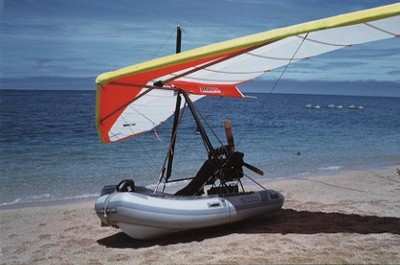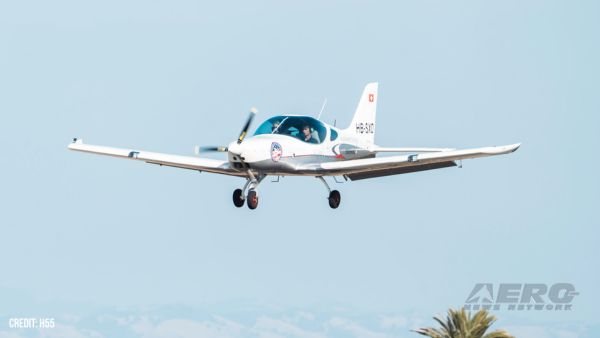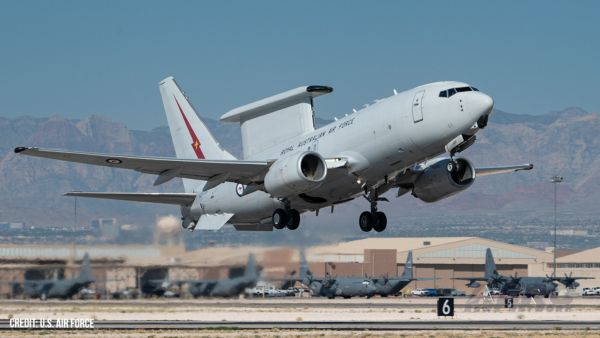Pilot Tested Positive For Ethanol In His Blood And Urine
The NTSB indicates that the pilot of a Polaris Polar Star flying boat which went down on July 20, 2011 had been consuming alcohol prior to his flight. The accident resulted in the fatal injury to the pilot, identified as Lucas McDowell Smith, 40, and Cara Lee Donohue, 27, a passenger on board the aircraft.

According to an NSTB factual report, on July 20, 2011, about 1815 eastern daylight time, an unregistered, experimental Polaris Polar Star flying boat incurred substantial damage when it crashed into the water near Dewees Island, South Carolina. Visual meteorological conditions prevailed, and no flight plan was filed. The flying boat was owned and operated by the non-certificated pilot, under the provisions of 14 Code of Federal Regulations Part 91, as a local personal flight. The pilot and the passenger were killed. The flight originated earlier that day, at an unspecified time and location.
Witnesses to the accident gave statements to the Charleston County Sheriff’s Office representative. They stated that they observed the flying boat complete an aero-loop and started to perform another loop. When the flying boat was at the top of the loop, inverted, at an estimated altitude of 1,000 feet above the water, the wing folded. The flying boat dropped straight down into shallow water. Moments later sea vessels approached the wreckage to aid the two on board; one was trapped in the wreckage and the other was located floating in the water.
A review of the FAA data base revealed the pilot did not hold a pilot certificate. The pilot required at least a sport pilot license to operate the flying boat.
The Polaris Polar Star is described as a two place, tandem design, weight-shift-control trike, of fabric and aluminum tubing construction, attached to an inflatable dingy boat, and power by a 64 horsepower Rotax, 582, engine. The flying boat’s specification required it to have a registration number issued by the FAA when operated.
Examination of the aircraft wreckage by an FAA Inspector showed no evidence of pre-accident malfunction. Examination of the wing showed it failed due to overstress.

The Medical University of South Carolina, Department of Pathology and Laboratory Medicine, Charleston, South Carolina, conducted a postmortem examination of the pilot and passenger. The cause of death for both was blunt force trauma.
The FAA Civil Aeromedical Institute (CAMI) conducted toxicology testing on specimens from the pilot. The tests were negative for carbon monoxide, cyanide, and drugs. The test were positive for 0.069 g/dL ethanol in blood, 0.074 g/dL ethanol in vitreous fluid, and 0.074 g/dL ethanol in urine. FAR Section 91.17 (a) prohibits any person from acting or attempting to act as a crewmember of a civil aircraft while having 0.040 g/dL (40.0 mg/dL) or more alcohol in the blood. Adverse clinical symptoms have been noted with blood ethanol levels as low as 20.0 mg/dL (0.020 g/dL).
(Image from file. Not accident airplane)
 NTSB Final Report: Rutan Long-EZ
NTSB Final Report: Rutan Long-EZ ANN FAQ: Turn On Post Notifications
ANN FAQ: Turn On Post Notifications Classic Aero-TV: ICAS Perspectives - Advice for New Air Show Performers
Classic Aero-TV: ICAS Perspectives - Advice for New Air Show Performers ANN's Daily Aero-Linx (06.28.25)
ANN's Daily Aero-Linx (06.28.25) Aero-News: Quote of the Day (06.28.25)
Aero-News: Quote of the Day (06.28.25)




